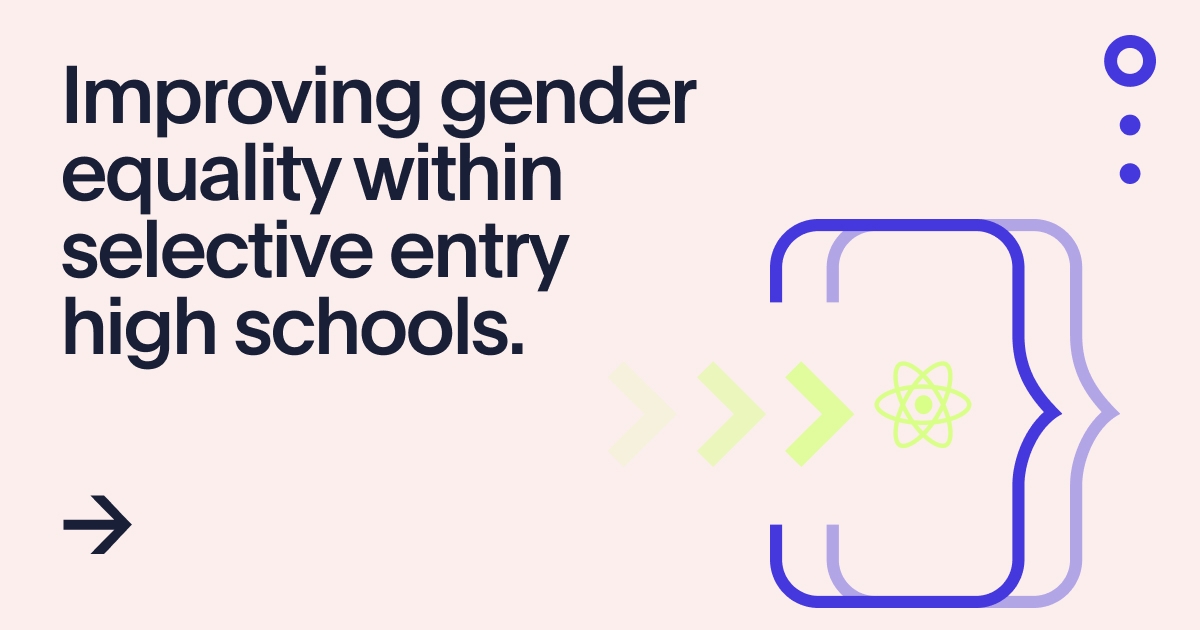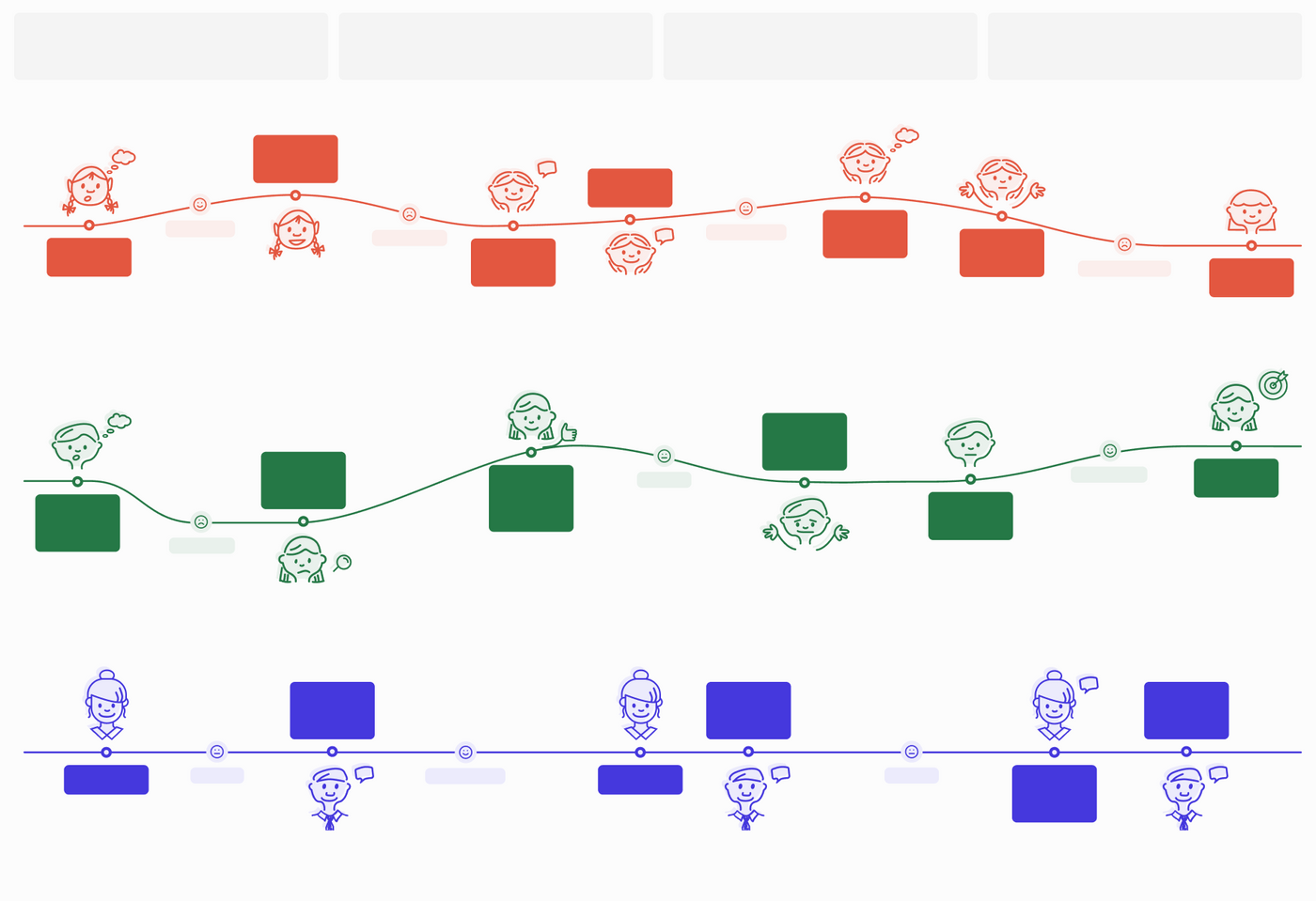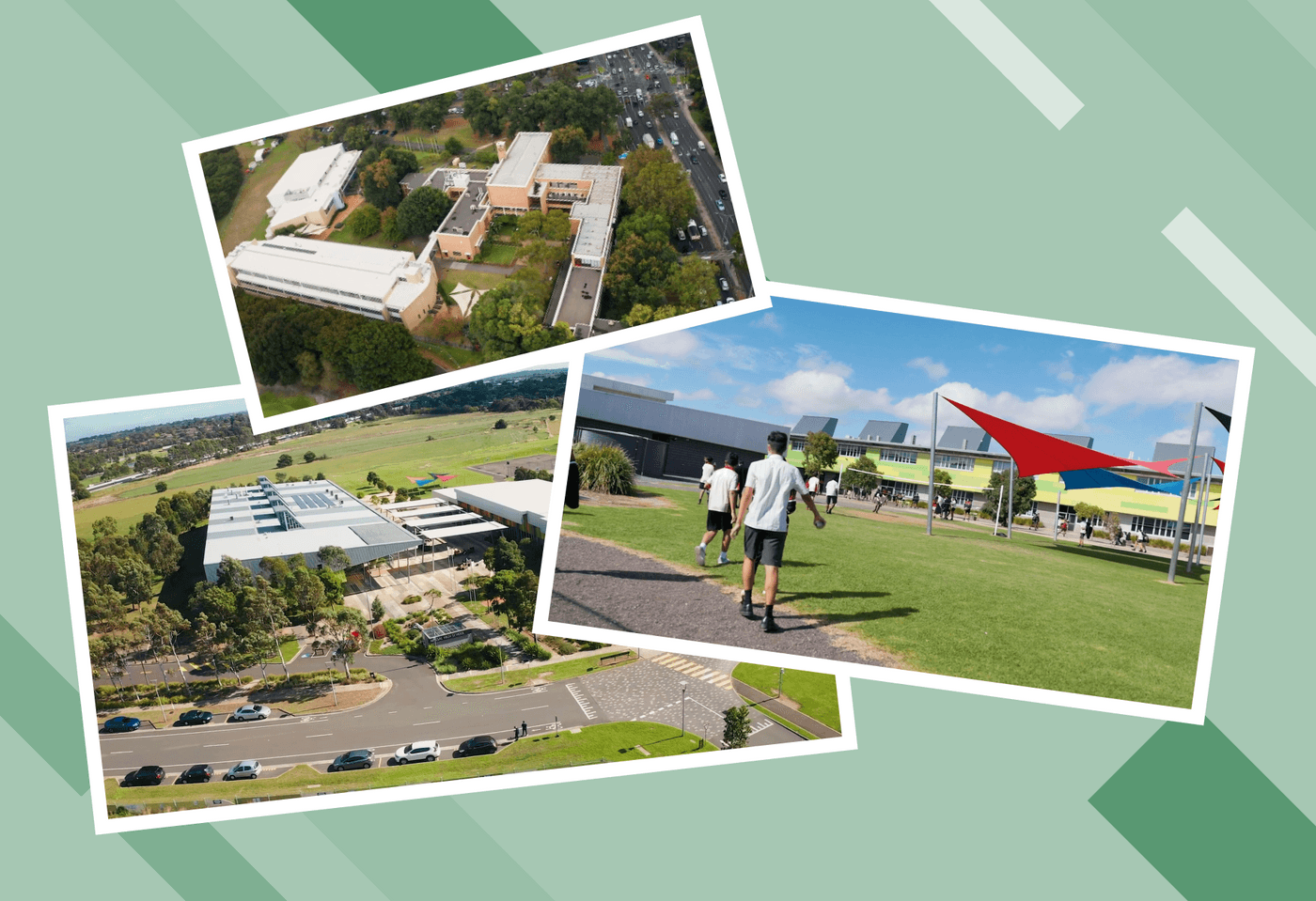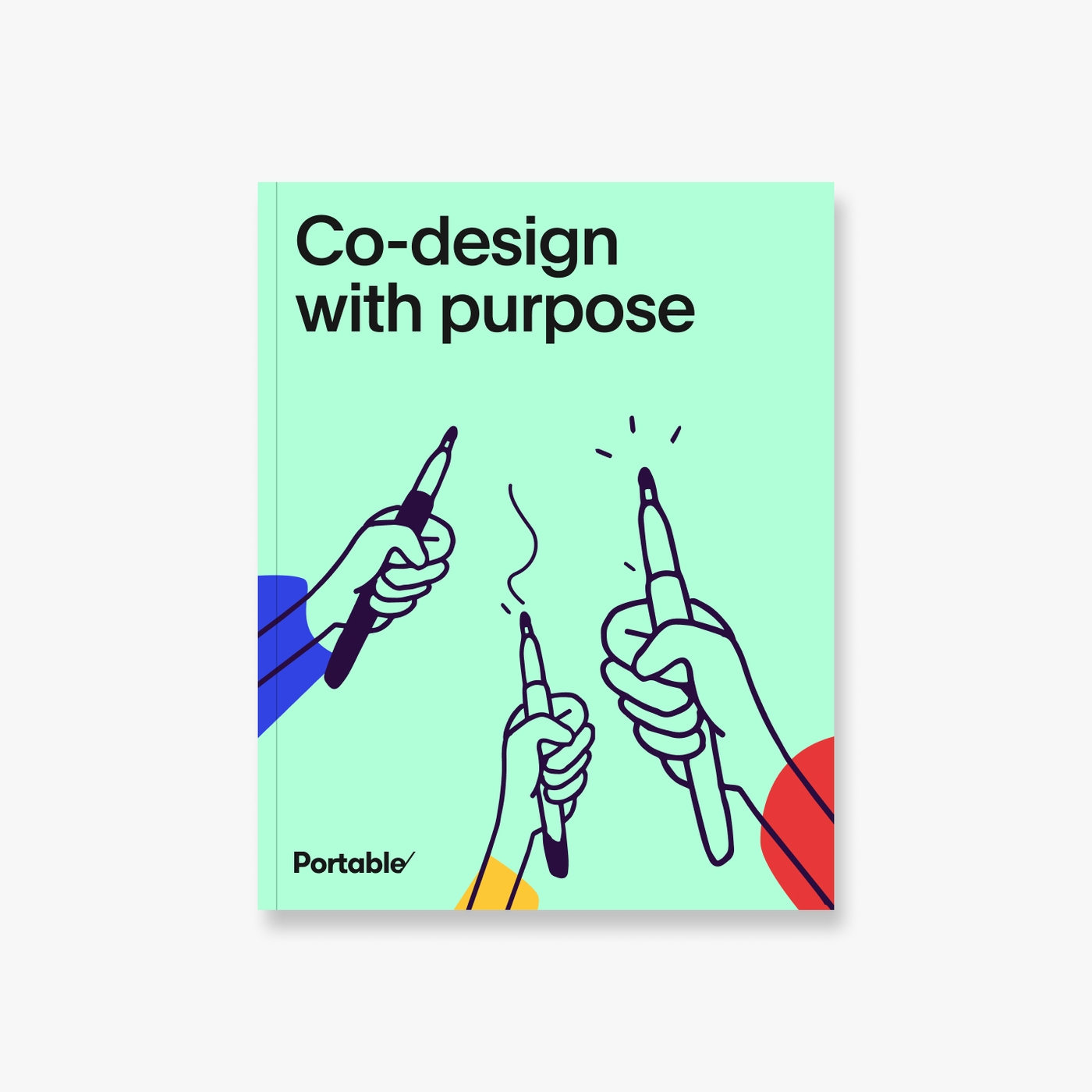The Department of Education and Training (the Department) engaged us, in partnership with our strategic design partners at Huddle, to support them in addressing gender disparity for high-ability girls at selective entry high schools in Victoria.
The current ratio of boys to girls across selective entry high schools is 54% to 46%, respectively. Previous research had shown that this disparity was likely due to a range of factors, including:
- Fewer high-ability girls applying for selective entry schools
- Lower rates of acceptance of offers
- High quality alternatives for girls-only schools
- Limited awareness of selective entry school options, particularly in regional areas
- Families wanting to choose schools closer to home, with shorter commutes
- Potential impacts on social relationships created during Years 7 and 8 (given Year 9 entry)
The Department wanted us to build on this research so that they could better understand, and take action on, the key decision making factors that influence high-ability girls and their enrolment in three selective entry schools in Victoria.

The challenge
The main goal of the project was to enable the Department to effectively engage with high-ability girls and their families, and increase the number of girls who apply for and enrol in selective entry high schools.
This required an improved understanding of the current gender imbalance, which included an in-depth exploration of the following topics:
- What are the key drivers of the gender imbalance in selective entry high schools?
- What are the drivers, and timing, of school choice by high-ability girls?
- What are the challenges, pain points and/or missed opportunities currently experienced by high-ability girls?
There were 4 key stakeholder groups that we needed to engage with during the research stage of this project:
- High-ability girls currently attending one of the three selective entry high schools in Victoria
- High-ability girls not currently attending one of these schools
- Parents of high-ability girls
- Teachers of high-ability girls
Our approach
Our approach was built around the principle that the people we speak to are active and self-reflective participants in the research, and confident interpreters of their own lives. By focusing upon the experiences of high-ability girls and their families, our project approach was grounded in one of the key aims of contemporary feminism – to give voice to the most marginalised within a given situation.
Our approach was also informed by and compliant with our RISEC (Research in Schools and Early Childhood) – the RISEC was an ethics approval which shaped specific considerations that formed the backbone of our approach.
We needed to ensure that our design activities could reach a large number of individuals from our 4 key stakeholder groups while giving us rich insights to provide the Department and other key project stakeholders with clear guidance and recommendations to help improve gender equity in selective entry high schools. As part of our co-design approach, we included a Year 9 high-ability student in our design team, to ensure that our design activities were appropriate, correctly pitched and directly embedded the voice of high-ability girls.
To complement our lived experience research and co-design, we brought 2 specialist academics onboard – Dr Emily Gray, Senior Lecturer in Education Studies at RMIT and Associate Professor Jacqueline Ullman, Associate Professor in Adolescent Development, Behaviour and Wellbeing at Western Sydney University – to support us in conducting and compiling the research.

Research
Our first task, facilitated by the academics, was to review previous research commissioned by the Department. This was reviewed in conjunction with our own desktop research of contemporary feminist theory and related education and gender literature, as well as a data analysis of selective entry school enrolment and application trends. This research gave us a baseline understanding and allowed us to uncover draft research hypotheses, assumptions and conclusions, alongside design challenges and further research questions for later.
Following on from this, we distributed surveys to uncover insights from high-ability girls and their families and teachers across Victoria. The surveys aimed to understand perceptions and experiences of applying for selective entry high schools and to operate as a recruitment tool for research and co-design participants. We synthesised the findings from these surveys and used the insights to inform our workshop designs and interview guides.
Stakeholder engagement
Our design research team travelled to the 3 selective entry high schools that enrol girls to speak directly with the principals, in order to understand the context of selective entry high schools in Victoria, and some of the challenges that they observe.
We then ran a series of co-design workshops with high-ability girls from selective entry and non-selective entry schools, parents and teachers of high-ability girls across Victoria. The workshops were both exploratory and generative in nature. We learned about people’s context and their experiences, challenges and needs when considering high schools, and we worked with the participants to generate ideas that could help increase gender equity in selective entry high schools.
We also conducted interviews with individuals from our key stakeholder groups to explore insights from our workshops in more depth. We focused on exploring what works, what does not work, barriers to applying for and attending selective entry high schools, and where they see opportunities to improve the process.
Video diaries and interviews
Our focus throughout this project was to let high-ability girls speak for themselves, rather than speak for them. To support this, we invited a handful of high-ability girls to conduct a video diary for a week as a daily reflection of their hopes and aspirations for the future, their commute to and from school, their dreams for their education and their broader life context. To guide and encourage these girls, our student design team member introduced the study and filmed daily prompts using her own words to share with each participant.
To bring insights to life from the voices of high-ability girls, we filmed interviews with girls who’d been involved in the project, to individually capture their thoughts on being “high-ability” and the selective entry school process. These interviews were compiled into a video in collaboration with our friends at Saxall, and this was shared with the Department and school principals to help communicate the current challenges and pain points faced by girls in education.

The outcomes
Findings
There were a lot of different research methods in this project, so our team had quite the task to synthesise all the findings into relevant and useful insights and outputs for the Department. This project uncovered 8 key insight areas, 4 broad opportunity areas and prioritised initiatives to guide the Department and selective entry high schools to create change.
These were presented to the Department and school principals alongside a report, video and visual journey map to help bring the key stakeholders’ stories to life.
Reflections
Improving gender equality in the education system will require multiple and diverse kinds of action. Some are systemic and long-term, others are more immediate. Our work provided the Department and selective entry high school principals with more awareness of high-ability girls and schooling through the lens of contemporary feminist theory, and a lived experience evidence base. This work can be used to help shape future decisions and potential solutions to improve gender equity in selective entry high schools.
Portable and Huddle collaborated to deliver this project, along with our academic partners. Each team member brought their own unique perspectives, strengths and working styles. The team understood the importance of relationship-building at the start of the project, in order to agree on ways of working together and figure out how our strengths could complement each other.
This allowed our team to take a problem-solving, emergent approach to handling project challenges, enabling us to quickly and effectively use new methods and channels to ensure we achieved our objectives within the project scope, with no loss to quality or integrity.
Jacqueline Ullman, Associate Professor:
“I loved having the opportunity to work on an issue I feel deeply passionate about and the opportunity to make a difference.”
Belinda Donald, Senior Design Strategist:
“It was awesome to be able to collaborate with Huddle and our academic partners, and also have a high-ability student on the co-design team. Working with engaged and articulate high school students, teachers and parents who were passionate about seeing gender equity in their high schools made it easy to tell the story from their perspectives.”
Project team
- Lauren Manning, Senior Producer
- Belinda Donald, Senior Design Strategist
- Joanne Osbourne-Taylor, Lead Design Strategist
- Cyndi Dawes, Lead Design Strategist [Huddle]
- Lucy Thornton, Strategic Designer [Huddle]
- Dr Emily Gray, Senior Lecturer in Education Studies [RMIT]
- Associate Professor Jacqueline Ullman, Associate Professor in Adolescent Development, Behaviour and Wellbeing [Western Sydney University]
- Ashlee West, Lead Experience Designer
- Ash Colcott, Experience Designer
- Kerri James, Senior Client Partner
- Allison Snow, Lead Producer
Download our practical guide to running successful co-design workshops
